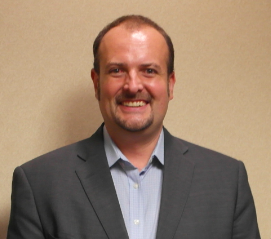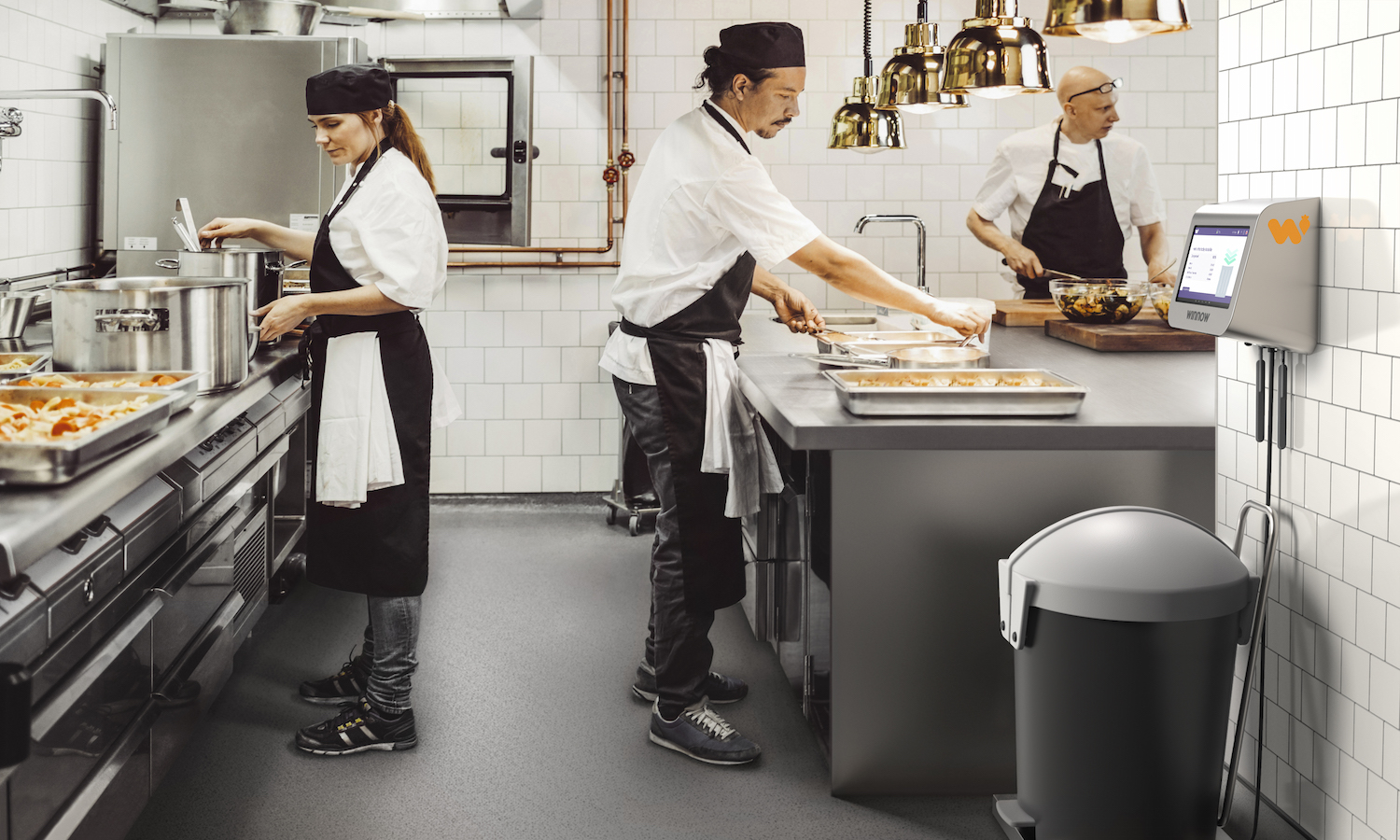Food technology company Winnow set a goal to save the global service industry US$1 billion by 2025 by reducing food waste. Artificial intelligence is helping them achieve it, Winnow CIO Peter Krebs tells Food Tank.
In addition to Winnow’s Waste Monitor system, which chefs in over 40 countries use to track food waste on a tablet in the kitchen, the company is streamlining food waste reduction with Winnow Vision. Using cameras pointed at trash bins, Winnow Vision relies on machine learning to automatically identify, measure, and track food waste.
Krebs says this artificial intelligence (AI) technology can encourage chefs and consumers alike to rethink food waste reduction. Winnow, he says, was founded in recognition of the fact that one-third of all food produced around the world is wasted. This has massive sustainability implications: Over one-quarter of the world’s agricultural land is used to produce food that never gets eaten, and food waste releases the equivalent of 3.3 billion tonnes of CO2 into the atmosphere every year.

Food Tank spoke to Krebs about how artificial intelligence can transform the fight against food waste—and help save money and the environment in the process.
Food Tank: Why does Winnow find it important to tackle food waste with AI?
Peter Krebs: Traditionally, kitchens tackled food waste by putting pen to paper and making educated guesses about what was wasted, and why. Unfortunately, few kitchens have the time or ability to accurately maintain these measurements, while others believe that their kitchen has no waste in the first place. This is by no means the fault of the chef—and Winnow was set up with the fundamental purpose of driving this change and empowering chefs.
By tackling food waste with AI, Winnow enables chefs to empower themselves with data-driven decisions and to fight food waste at the core. Winnow Vision has surpassed human-level accuracy, which means, over time, these systems enable kitchens to automatically register food waste without any human interaction.
FT: How can artificial intelligence improve efficiency in both large and small kitchens?
PK: Food waste is an age-old problem for the hospitality industry, affecting large and small kitchens alike. Data collected in over 1,000 kitchens using Winnow shows that an average kitchen would waste between 5 to 15 percent of the food they purchase. This isn’t because chefs want to waste food, but because of a lack of visibility into what is being wasted.
AI systems, such as Winnow Vision, can help kitchens quickly identify items being wasted, giving chefs the insight to cut food waste in half. Hospitality businesses can save between 2 to 8 percent of food purchasing costs. Right now, Winnow is focused on serving large kitchens like hotels, casinos, cruise ships, and contract catering. However, in the future, we believe this technology has applications in every kitchen, regardless of size.
FT: How does Winnow Vision aim to improve the ways kitchens and restaurants do business? How might this improvement affect the people who supply ingredients to those kitchens?
PK: In large kitchens preparing food in advance, around 70 percent of the food wasted happens before it gets to the consumer. This is mostly due to overproduction, when chefs cook more food than there is demand. This happens because we are often asking our chefs to make complex forecasting decisions in terms of how much food to prepare—in stressful environments and with imperfect information.
Winnow Vision helps reduce overproduction, as it equips chefs with pioneering AI technology to help identify waste patterns and pinpoint exactly what has been wasted and where. Using the same type of technology found in autonomous vehicles, we are teaching a machine to “see” the food being thrown away in kitchens. This data provides chefs with the insight to accurately manage production volumes. Therefore, they can order ingredients more effectively, helping reduce food waste at the source.
FT: What challenges might Winnow encounter when implementing AI at a large scale? Why is it important to scale AI in a kitchen setting?
PK: Any new technology takes time to be adopted by a new market. Whilst we have seen great adoption globally, we recognize there is still a long way to go to fully realize the potential of our technology and product. It is important to focus on scaling AI in kitchens because there is a huge opportunity for greater adoption across the hospitality industry. We’ve seen amazing results from industry leaders who have pioneered our technology, such as
FT: In what ways can consumers integrate AI into their food purchasing and cooking decisions — whether now or in the future?
PK: Winnow forms one part of the larger ecosystem of AI capabilities within the kitchen. There are other AI technologies within the out-of-home space that help pioneer food safety, allergen prevention, origin tracking, and automated procurement—to name but a few. In the home, AI already helps customers with recommendations in their food purchasing online, food delivery via apps, and increasingly via kitchen appliances such as smart fridges.
FT: What impact does Winnow Vision have on both a company’s bottom line and their environmental sustainability? How can kitchens bring this impact beyond their doors and onto consumer plates?
PK: Winnow AI has a huge impact on our clients’ bottom lines and environmental sustainability. Kitchens that use Winnow tend to see between a 40 to 70 percent reduction in food waste within 6 to 12 months of using the system. This equates to driving food cost savings between 2 to 8 percent, improving margins whilst doing the right thing.
Not only this, but collectively, chefs using Winnow are also saving over US$42 million in reduced food purchasing costs. This is equal to 36 million meals and a total of 61,000 tons of CO2 emissions per year.
The impact of this can be carried onto consumer plates through the use of this system in reducing food waste.















